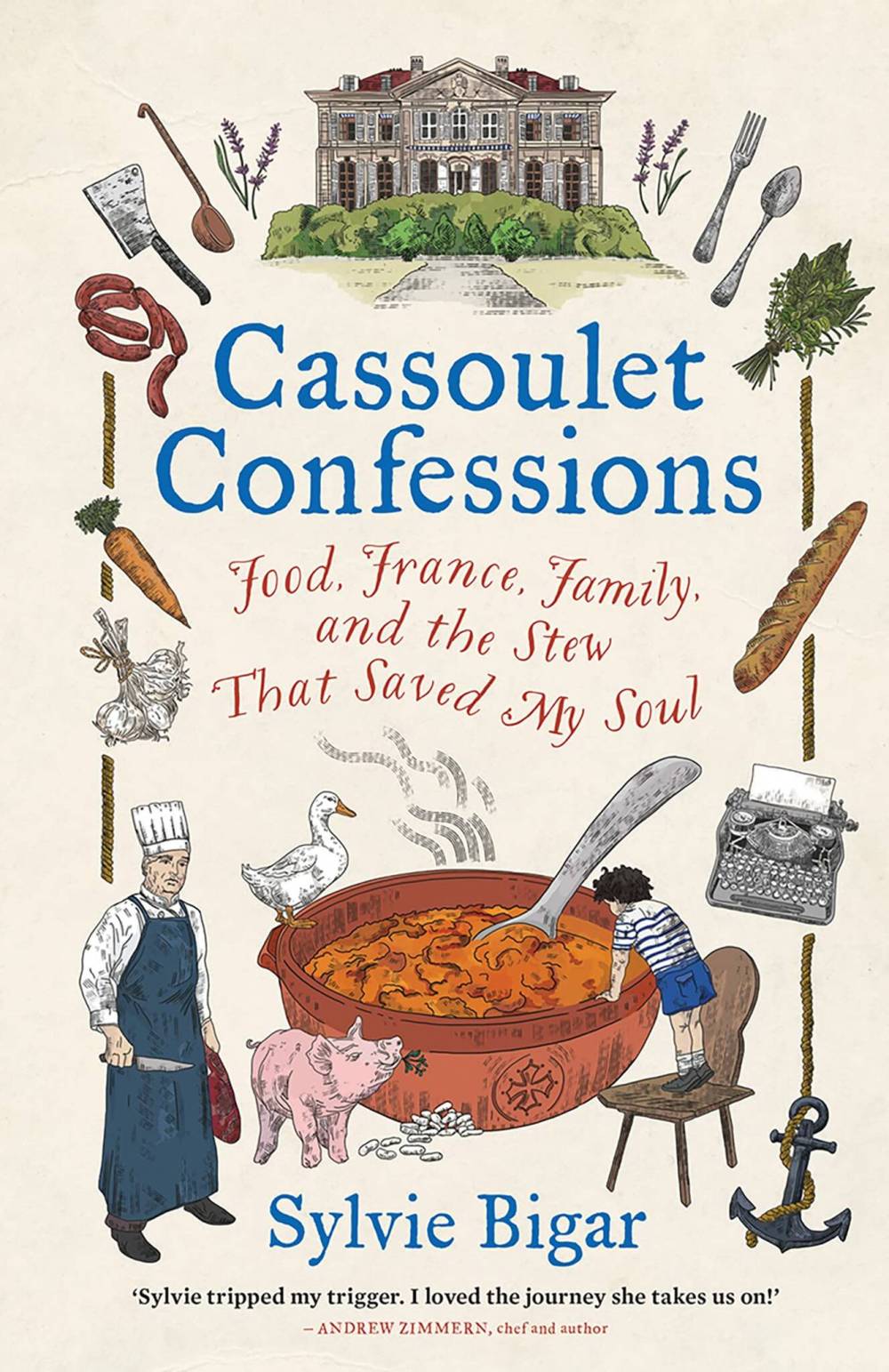Cassoulet chronicle a savoury delight
Advertisement
Read this article for free:
or
Already have an account? Log in here »
To continue reading, please subscribe:
Monthly Digital Subscription
$1 per week for 24 weeks*
- Enjoy unlimited reading on winnipegfreepress.com
- Read the E-Edition, our digital replica newspaper
- Access News Break, our award-winning app
- Play interactive puzzles
*Billed as $4.00 plus GST every four weeks. After 24 weeks, price increases to the regular rate of $19.00 plus GST every four weeks. Offer available to new and qualified returning subscribers only. Cancel any time.
Monthly Digital Subscription
$4.75/week*
- Enjoy unlimited reading on winnipegfreepress.com
- Read the E-Edition, our digital replica newspaper
- Access News Break, our award-winning app
- Play interactive puzzles
*Billed as $19 plus GST every four weeks. Cancel any time.
To continue reading, please subscribe:
Add Winnipeg Free Press access to your Brandon Sun subscription for only
$1 for the first 4 weeks*
*$1 will be added to your next bill. After your 4 weeks access is complete your rate will increase by $0.00 a X percent off the regular rate.
Read unlimited articles for free today:
or
Already have an account? Log in here »
Hey there, time traveller!
This article was published 25/11/2022 (1016 days ago), so information in it may no longer be current.
Food is common to everyone, but not everyone connects to it as deeply as food writer Sylvie Bigar does in her investigation of a French stew called cassoulet.
In Cassoulet Confessions: Food, France, Family, and the Stew That Saved My Soul, Bigar explores her own life and heritage in relation to a traditional dish that has a closer connection than she first realizes.
Bigar is an award-winning writer who grew up in Geneva, Switzerland, and lives in New York City. She has written for publications including National Geographic Traveler, the New York Times and Bon Appetit, as well as other periodicals in French or English.

As a food writer and a cook, Bigar is accustomed to examining the history behind different foods and the influence they have on the community. While she grew up in Switzerland, she never knew about cassoulet until adulthood, when she began to explore the origins and varieties of the traditional stew.
Cassoulet is a traditional French stew which includes duck, ham, beans and a variety of other ingredients. Bigar describes her own quest to understand the origins of the stew, while also learning how to dismember a pig and investigating variations on the basic recipe. Along the way, she reflects on her own family history, looking for connections.
Bigar’s heritage is Jewish, and she relates her ancestors’ escape from Nazi-occupied France in the 1940s as she considers how her life connects with her food-related quest. Although cassoulet was not part of the family’s menu in her childhood, a traditional Jewish dish from eastern Europe closely resembles the French casserole. The connection helps her understand and appreciate the role of food, family and heritage even more than before.
While some readers will connect better than others with her contemplation of the family’s identity as Ashkenazi (eastern European) or Sephardic (Mediterranean) Jews, many might see similar quests in their own lives.
Similarly, the author’s quest for the proper shape and material for a cassoulet dish, a cassole, might not capture every reader’s interest. However, even this very personal quest will interest those who cook with fewer than five ingredients using whatever pot is available. The author’s descriptions of her work with chefs helps connect the stories together, and the book flows well from one section to another.
This book is simultaneously a travel story, family history and cookbook, making it a good choice for people with a variety of interests. The writing style is easy to read and engaging, and the author includes several recipes at the end for any readers brave enough to try making duck confit or spend two or three days making a casserole.
Even readers who have little interest in complicated recipes could find many fascinating stories in Cassoulet Confessions. Most will identify with the idea of food as part of their heritage and connect the author’s words with their own memories of eating traditional foods or preserving recipes they remember from childhood.
Susan Huebert is a Winnipeg writer, editor and pet sitter.

